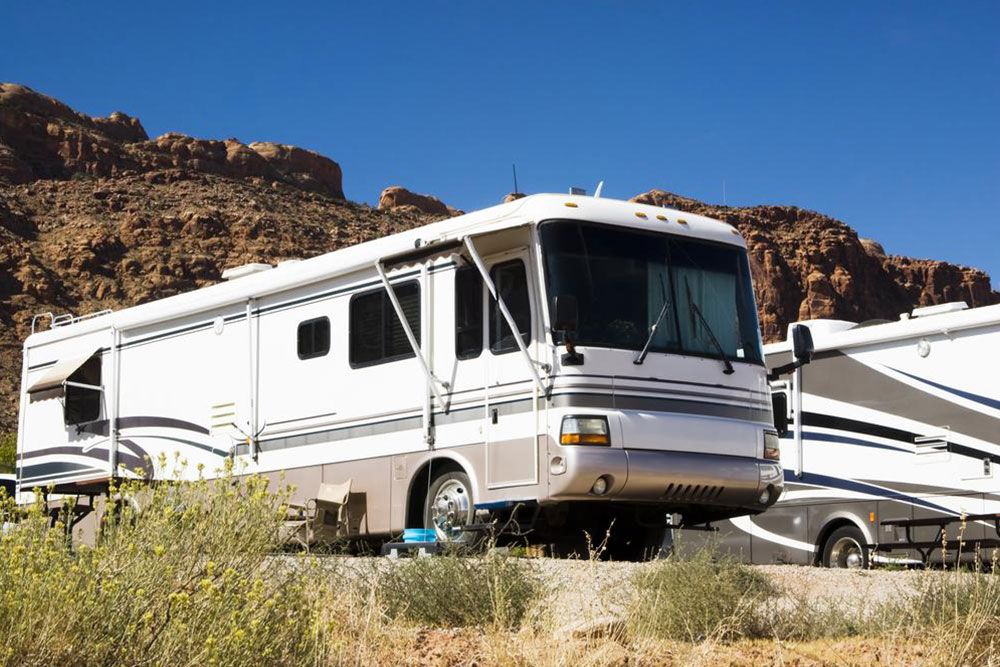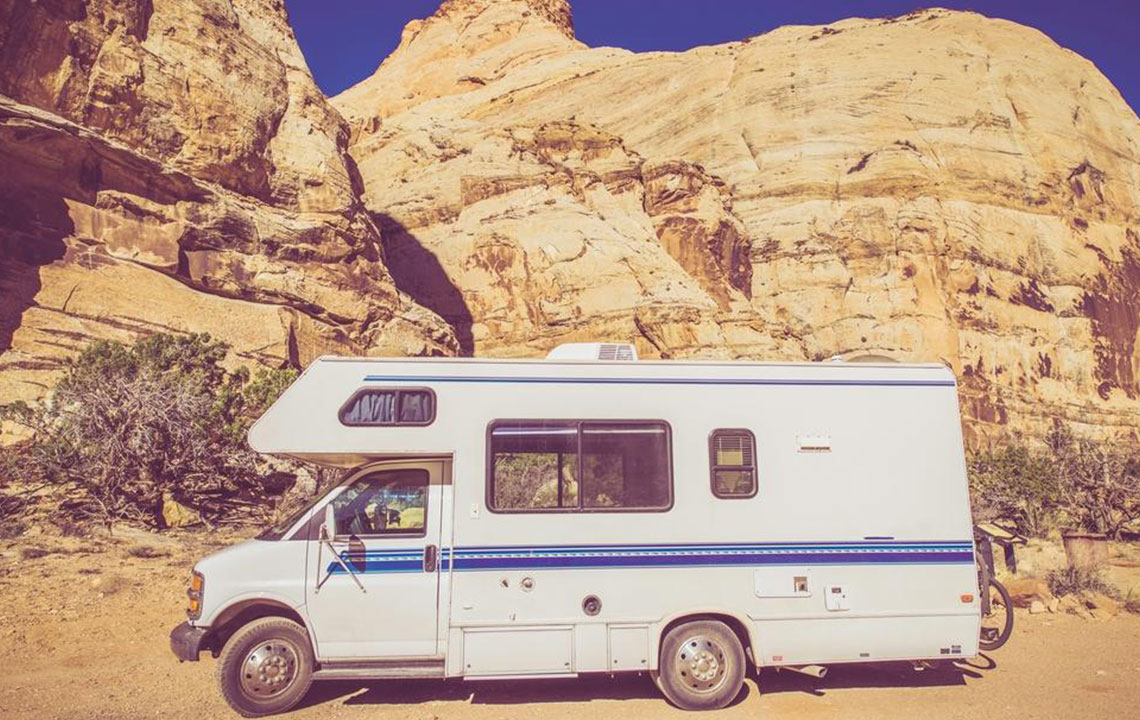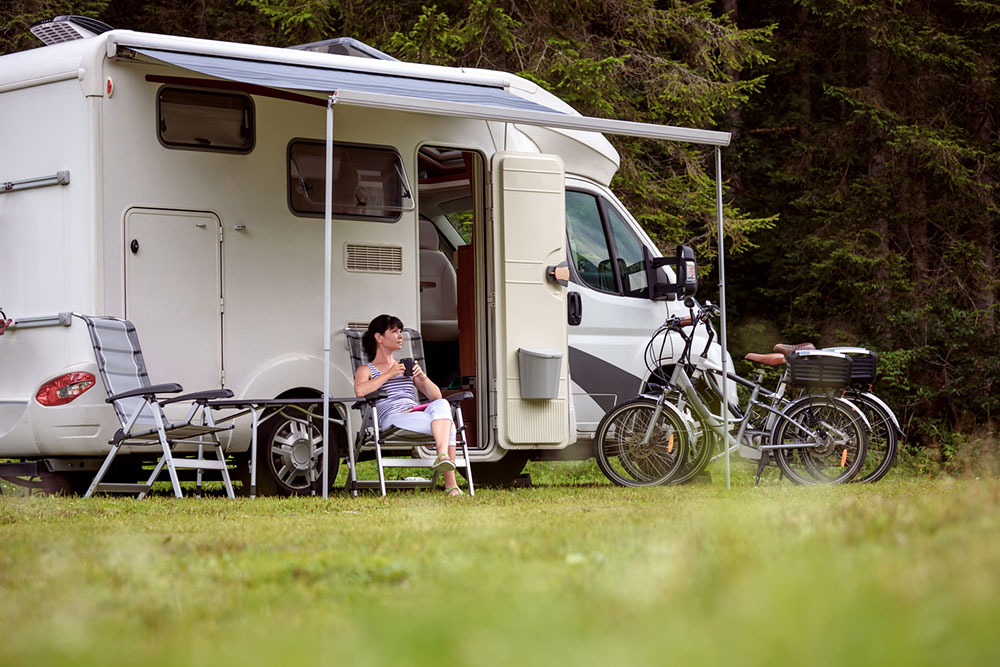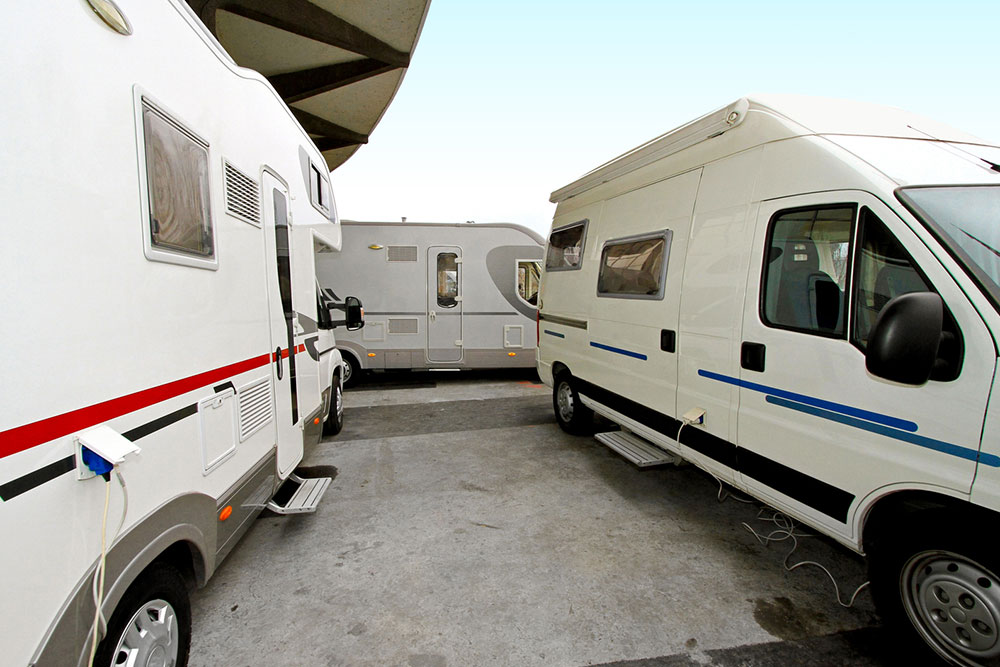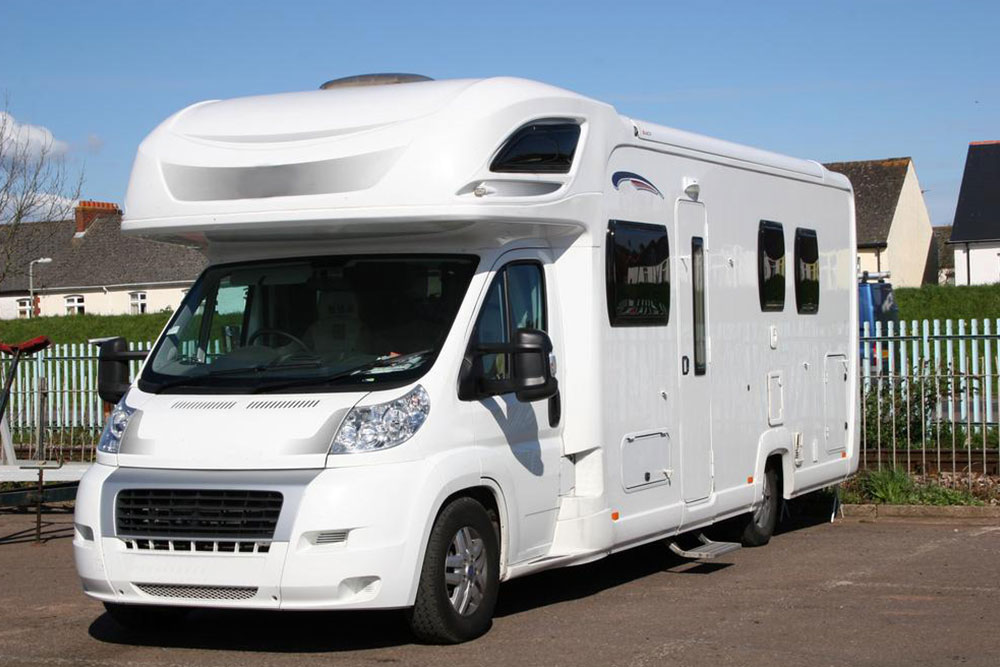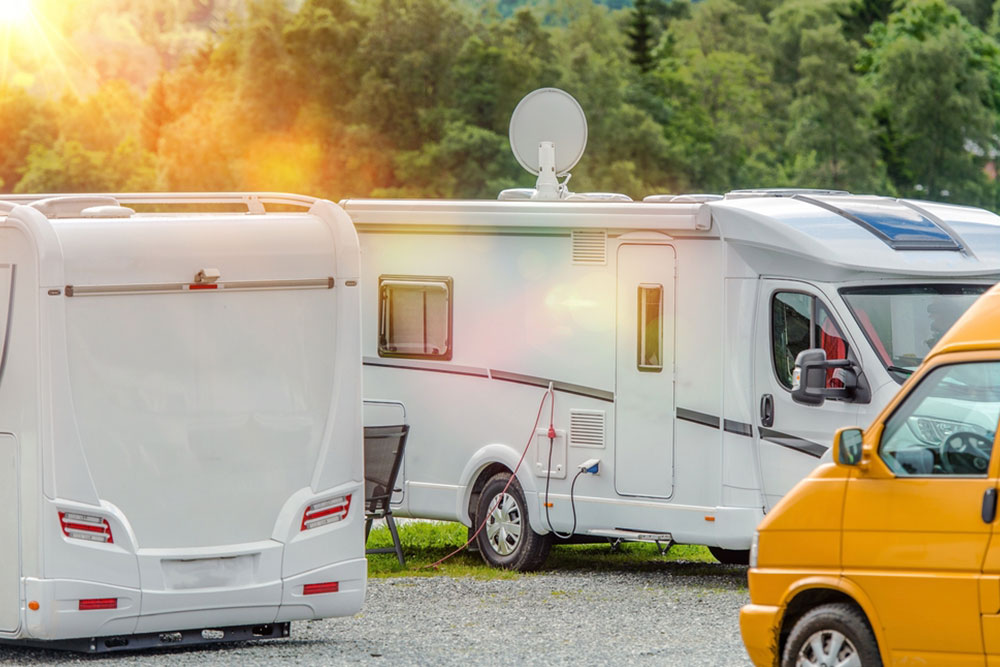Guide to Campers and Recreational Vehicles: Types, Features, and Buying Tips
Discover essential information about campers and RVs, including their types, features, and tips for making an informed purchase. Learn how to select the best recreational vehicle based on your travel style and needs. This guide covers a range of RV options from compact pop-ups to luxurious Class A units, helping beginners and seasoned travelers alike find their ideal mobile home for adventures on the road.
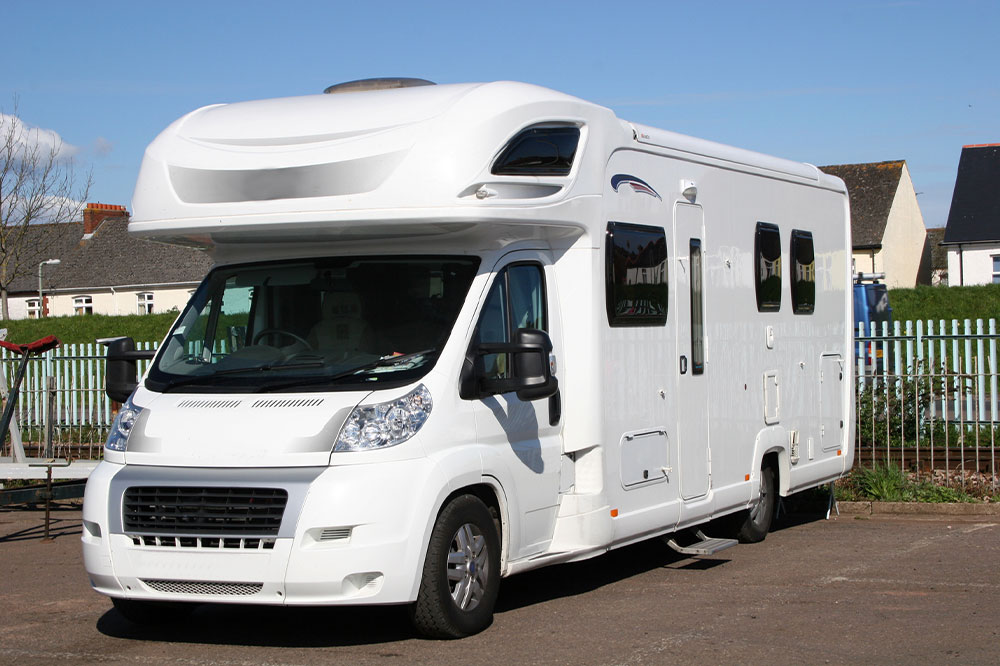
Understanding Campers and RVs: Key Differences, Types, and Expert Advice
Exploring the open road in a recreational vehicle offers an exciting adventure, especially for those new to RV travel. With numerous options available, choosing the right vehicle can be overwhelming. Focus on essential factors such as amenities, vehicle size, and driving comfort to pick the best fit. Prioritize your travel style and needs to find an RV that enhances your journey, making it enjoyable and hassle-free.
What distinguishes campers from RVs?
Recreational Vehicles, or RVs, encompass a wide range of vehicles including campers, camper-trailers, and motorhomes.
RVs can be towed, self-driven, or integrated into pickup beds.
While all are classified as recreational vehicles, the term ‘camper’ typically refers to towed units, whereas ‘RV’ is used for motorized options.
Popular RV Types
There’s a variety of RVs to choose from, each suited for different travel needs. Here’s an overview of common options:
Pop-up campers or trailers
The compactest and lightest RVs, pop-up campers, also known as folding or tent trailers, are usually 8-16 feet long. They are lightweight, collapsible, and easy to tow and store, with canvas sides and hard exteriors for durability. They provide an affordable camping experience with flexible setup.
Travel trailers
This widespread category includes non-folding trailers ranging from 10 to 40 feet. Weighing between 1,100 and 12,000 pounds, they come with various amenities and price points, from $10,000 to over $50,000. Towed by SUVs or trucks, travel trailers can sleep up to eight people.
Fifth-wheel trailers
Similar to travel trailers but attached via a U-shaped hitch in the truck bed, fifth-wheel campers are more stable and offer larger storage. Ranging from 25 to 40 feet, they can accommodate up to nine travelers.
Class B motorhomes
Smallest motorized RVs, Class B vans measure about 18-24 feet, combining compactness with basic living space. They are budget-friendly, fuel-efficient, and easy to park, making them perfect for city trips or quick getaways.
Similarly, Class B+ motorhomes are slightly larger, providing extra living space, a shower, and additional features at a modest additional cost.
Class C motorhomes
Resembling trucks, Class C RVs are medium-sized, up to 41 feet long, and can comfortably sleep a family of eight. They strike a good balance between size, amenities, and affordability, with fuel efficiency around 9-12 mpg.
Class A RVs
The largest and most luxurious, Class A RVs can reach 45 feet, offering full household amenities like washers, dryers, and garages. Though more challenging to maneuver and with higher fuel consumption, they provide maximum comfort and features for extended travel.
Tips for Choosing the Right RV
Purchasing an RV requires careful financial and functional considerations. Decide on your budget, whether to buy new or used, and assess your specific needs. Used RVs are cheaper but require thorough inspection. New models come with the latest features but may be more costly and have higher insurance premiums. Evaluate your travel plans and lifestyle to select the most suitable option.

